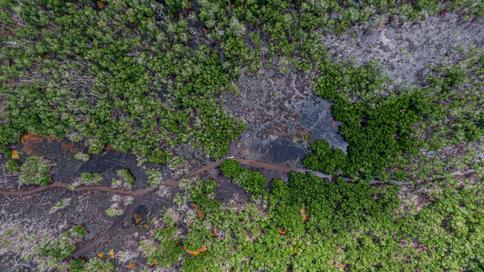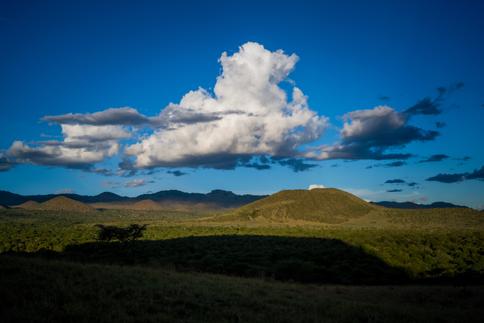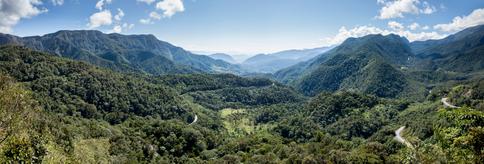
We’re facing big challenges.
that’s OK – We have big ideas.
We’re facing big challenges. that’s OK – We have big ideas.
Highlight Projects
Here are some of the projects we’re most excited about:
No items found
Carbon Projects

Vida Manglar Carbon Project

Kruger to Canyons Rangeland Restoration

Chyulu Hills Carbon Project
